
riccardia-moss-plants.jpg from: https://indofishexporter.com/2017/03/25/aquarium-plants-new/riccardia-moss-plants/
Exploring the Fascinating World of Riccardia rigida Schiffn. Moss
Introduction
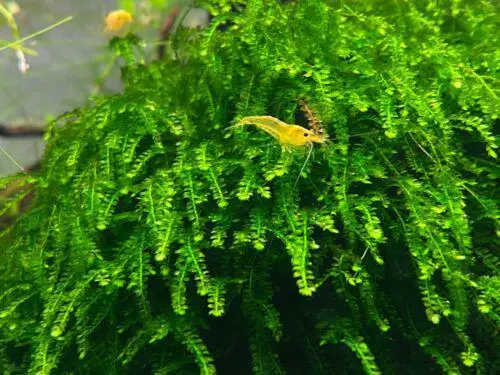
s-l500.jpg from: https://www.ebay.com.au/itm/314035168589
Mosses are often overlooked, but they play crucial roles in ecosystems around the world. One particularly interesting species is Riccardia rigida Schiffn., a moss in the Aneuraceae family, also commonly known as simply Riccardia. In this blog post, we’ll dive into the details of this fascinating plant.
Background
Riccardia rigida Schiffn. is a species of liverwort, which are non-vascular plants in the division Marchantiophyta. Liverworts are in the class Jungermanniopsida
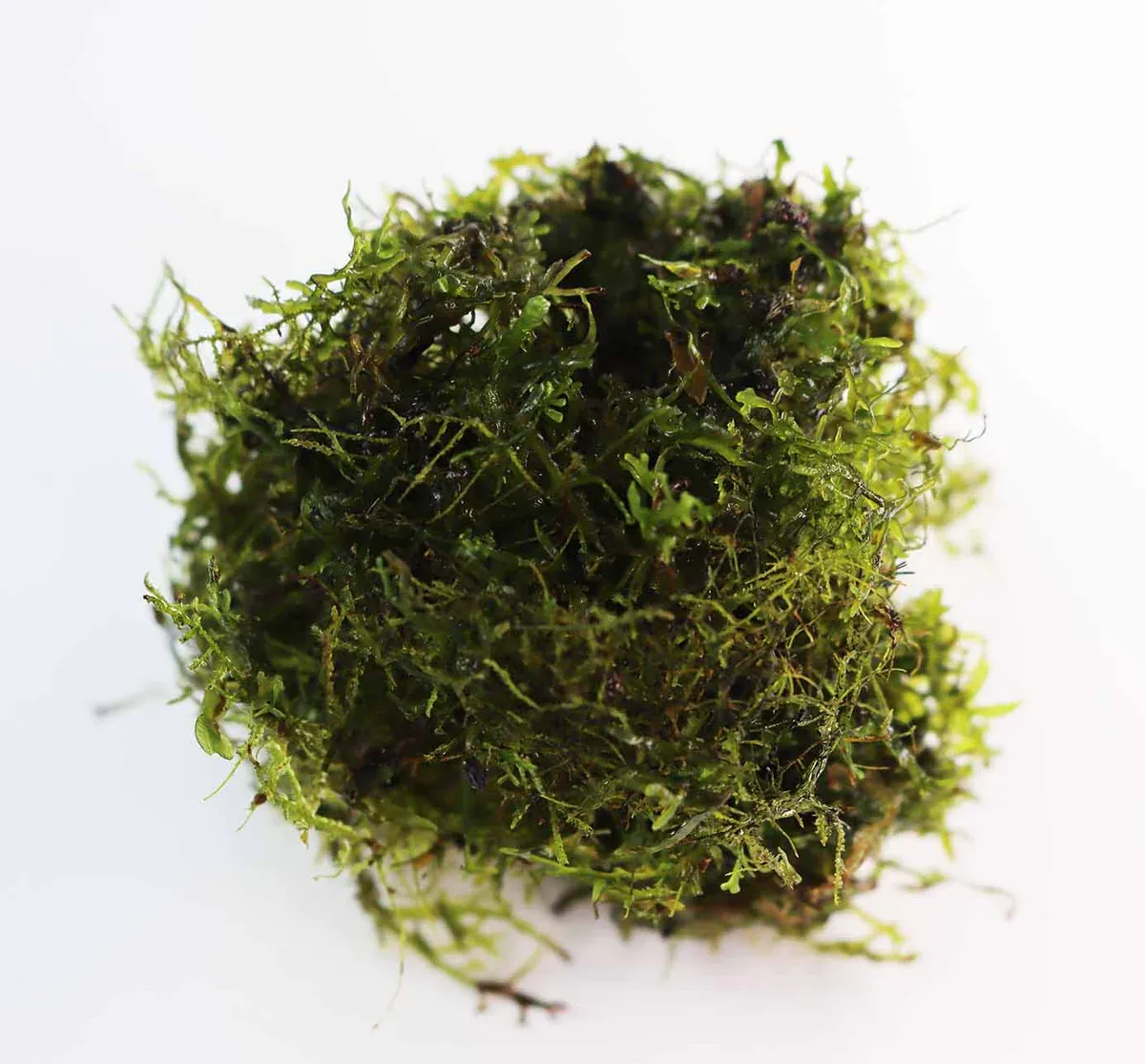
IMG_2711_1200x1200.jpg from: https://dustinsfishtanks.com/collections/foreground-plants/products/riccardia-sp-pelia-moss
and are characterized by their unique leaf-like structures. Riccardia mosses grow in dense mats on rocks, logs, and soil in damp, shady habitats.
Morphology and Identification
Riccardia rigida forms small, dark green to blackish mats. The shoots are 1-3 cm long and irregularly branched. Leaves are absent, but the shoots have leaf-like lobes that are oblong to obovate in shape,
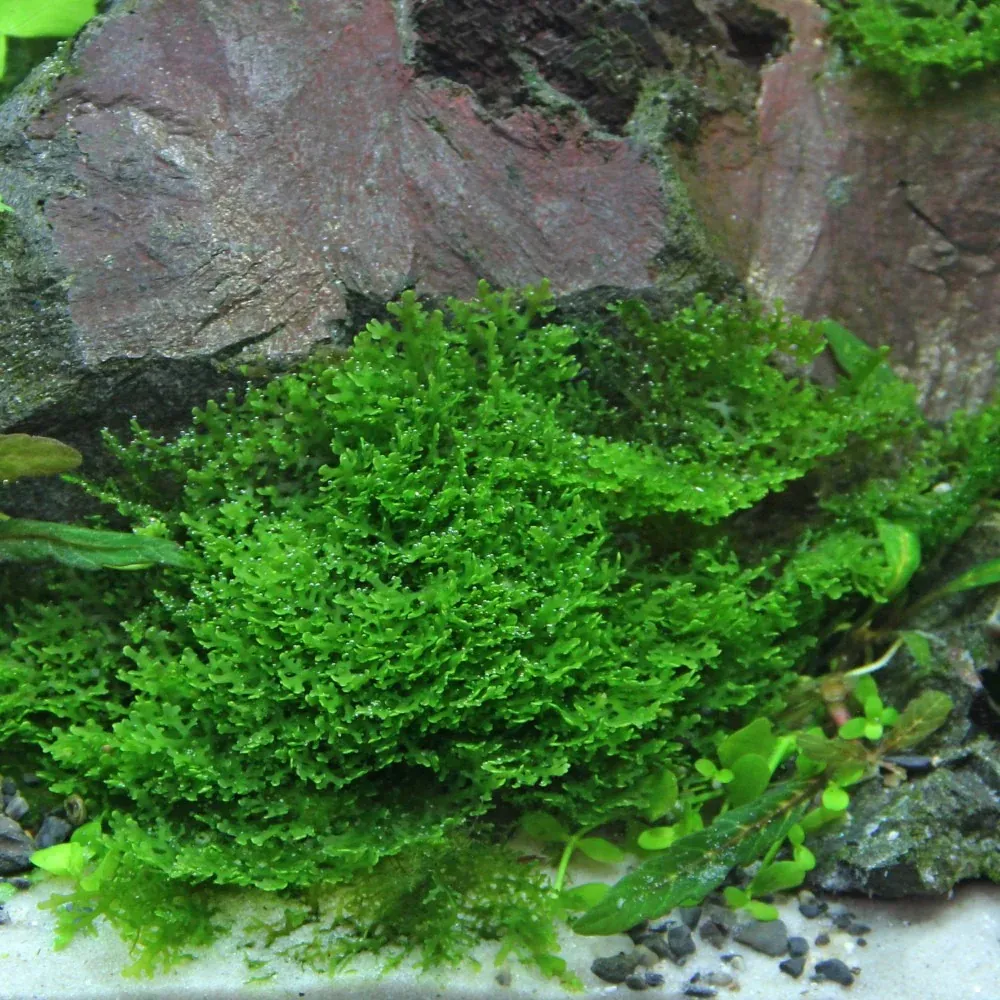
Riccardia-chamedryfolia-2_9157c4ac-b16d-4f9a-9178-a3146f1595ee_1024x1024.jpg from: https://www.zettapic.com/2020/06/download-moss-ricardia-pictures.html
0.5-1 mm long. Oil bodies are absent.
The underside of the shoots have numerous rhizoids for attachment to the substrate. Gemmae (asexual reproductive structures) are sometimes produced on the margins of the lobes. Sporophytes are uncommon.
Global Distribution and Habitat
R. rigida has a wide distribution, found in Europe, Asia, Africa, Australia, and the Americas
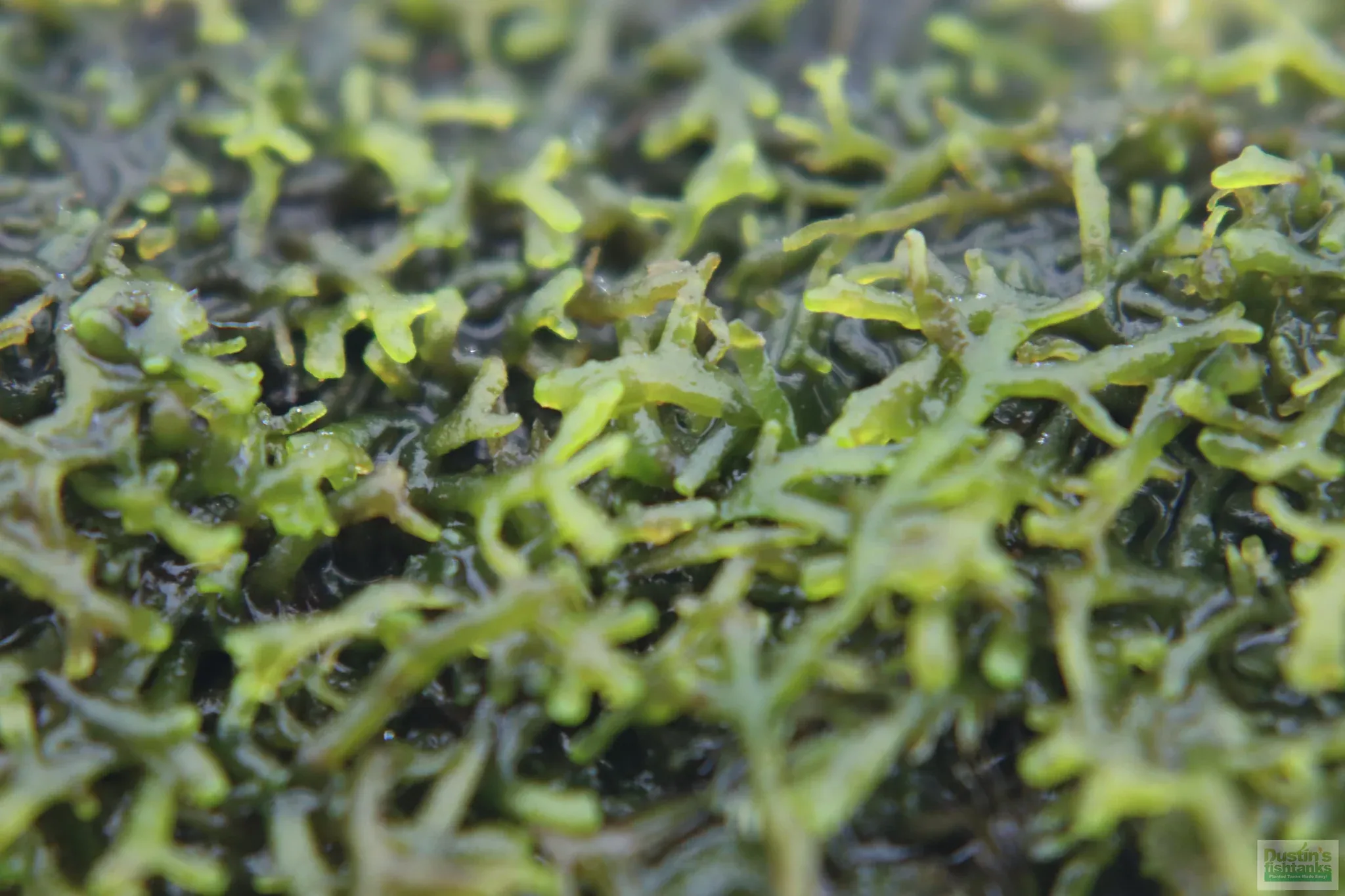
WM_RiccardiaPelia_03_1024x1024@2x.jpg from: https://dustinsfishtanks.com/products/riccardia-sp-pelia-moss?variant=31218986090629
. It grows on damp rocks and cliffs, especially on calcareous substrates, as well as on rotting logs, tree bases, and soil banks in forests. It prefers shady, humid habitats from lowlands to mountains.
Ecological Roles and Adaptations
Like other mosses, Riccardia plays important roles in its ecosystem:
- Helps retain moisture and prevent erosion
- Provides shelter and food for micro-organisms and invertebrates
- Pioneers the colonization of bare substrates
- Contributes to nutrient cycling as it grows and decomposes
R. rigida has several adaptations for its damp, shady habitat:
- Rhizoids anchor it to rocks and other substrates
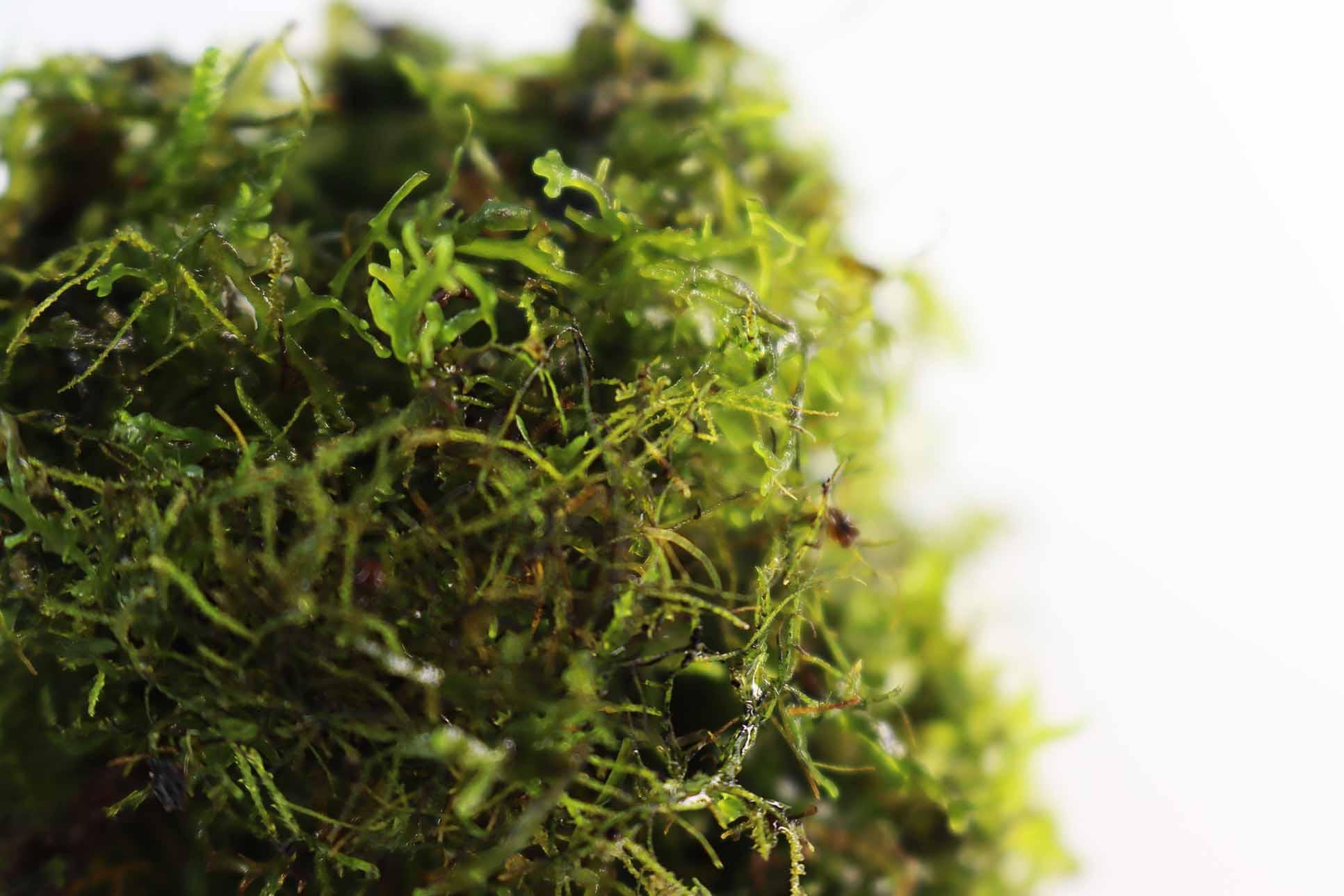
IMG_2714_1024x1024@2x.jpg from: https://dustinsfishtanks.com/products/riccardia-sp-pelia-moss
- Lacks complex vascular tissue since it grows in moist environments
- Dark coloration may help it absorb more light in shady areas
- Gemmae allow it to reproduce asexually in the absence of sporophytes
Conclusion
Riccardia rigida Schiffn. is a prime example of how even tiny, inconspicuous organisms like mosses lead fascinating lives and play essential ecological roles. Next time you’re in the woods, take a closer look – you might just spot a patch of this amazing moss! What other secrets of the forest floor are waiting to be discovered?